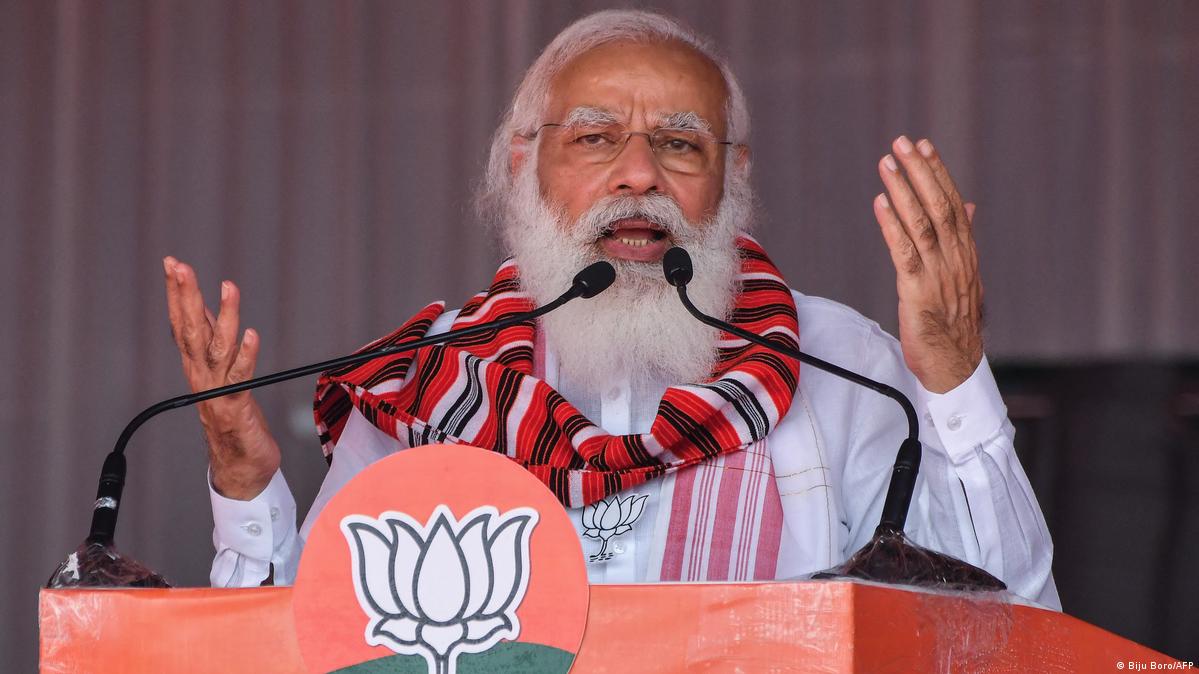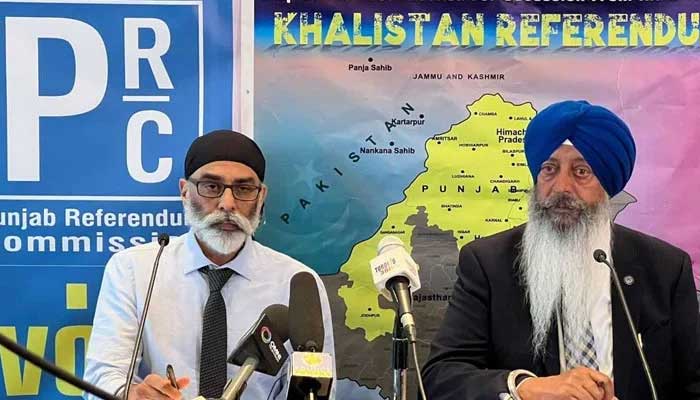
Srinagar: Tensions are simmering against the long and unscheduled power outages which have thrown normal life out of gear across Jammu and Kashmir. In some areas, anguished people, including women and farmers, have hit the streets.
With temperatures rising across the union territory, the local administration, which is run directly by New Delhi, is able to cater to only around 50% of the power demand, a part of which goes into powering the 24X7 transmission lines for hospitals, key irrigation stations and official buildings, leaving most commoners high and dry.
COPD patients left gasping for air
The situation is especially bad in rural areas, which receive four to six hours daily supply in intervals that last from a few minutes to a maximum of a couple of hours. The power shortage has also impacted patient care of thousands of Chronic Obstructive Pulmonary Disease (COPD) and other home-bound patients who survive on oxygen concentrators.
For Srinagar resident Sheikh Ashiq, whose father Sheikh Mohammad Sidiq (78), is a COPD patient, every night is a struggle for survival. “Sometimes it’s a death-like situation. We have a generator to keep the (oxygen) concentrator running but not everyone can afford it,” Ashiq, a businessman, said.
The power crisis has forced hundreds of COPD and other poor patients, including those recovering from COVID-19, to once again turn to humanitarian organisations for help. Earlier this month, Tahir Peerzada, of SRO-Kashmir, a Srinagar-based non-profit, faced a grim situation when a phone call woke him up in the middle of the night.
It was 1:30 am, he recalls, and an anguished Sikh family from Srinagar’s Bemina locality had run out of oxygen for their ailing father. “The family had forgotten to keep a spare oxygen cylinder. Due to a power outage, they couldn’t run the oxygen concentrator. The patient had collapsed but we reached in time to save his life,” Tahir, who heads SRO Kashmir’s Disaster Management Cell, said.
“After the COVID-19 wave ebbed, barely four to five patients depended on us for medical oxygen. But since the power crisis started, between 40-50 patients take bulk cylinders from us on a daily basis. For a COPD patient, it is a matter of life and death. How can they afford to buy generators when they take oxygen cylinders from a humanitarian organisation?” he added.
While the winter, which is marked in Kashmir by long power cuts, was relatively better, the power crisis worsened in J&K earlier this month, coinciding with the start of Ramzan, the Islamic month of fasting. As the demand soared to 1600 MWs, according to officials, many Kashmiris had to eat ‘sehri’, the pre-dawn meal before the start of daily fasting, and break their fasts at dusk, in perpetual darkness.
“I can’t recall the last time when we had to do without electricity at the time of sehri for seven days in a row. Power intervals are so brief that washing machines can’t complete their runs. Even the battery of a mobile phone doesn’t get fully charged when it is plugged in for the whole night. It is a pathetic situation,” said Mir Fareed, a senior journalist based in Srinagar.
National Conference leader Omar Abdullah too questioned the timings of the power cuts. “Curtailment of electricity at sehri and iftar hours is being deliberately done to hassle us. Are you playing with our sentiments? If your intention is not to play with our sentiments, then give power during sehri and iftar hours, and cut it at other hours of the day,” he said, according to ANI.
Outraged by incessant blackouts, several protests, mainly led by women, have broken out in different parts of Jammu and Kashmir over the last seven days, including in twin capitals of Jammu and Srinagar, with demonstrators demanding uninterrupted power supply.
No water for farmers
The power deficit has also affected water supply to farms and orchards because the lift irrigation stations are facing recurrent shutdowns. Kashmir recorded a rain deficit of 80% in March and the parched irrigation canals are triggering grave concerns among the farmers.
In Pampore, the saffron town of Kashmir, a group of farmers staged a protest earlier this week against the administration. The farmers alleged that the irrigation plant has turned defunct due to power blackouts. “We are yet to irrigate the paddy fields because there is no water. If the supply is not resumed soon, we may end up without sowing the crop this season,” said Irshad Ahmad Dar, a farmer of Patal Bagh in Pampore.
The hydropower projects in Jammu and Kashmir churn out more than 2400 MW power, although the identified hydropower potential in J&K is over 16000 MWs. Since most of the projects are under the direct control of NHPC, J&K gets a dismal 12% of the total power generated from projects under the central sector which are run by NHPC.
According to officials, around 600 MW of total hydropower generated in J&K is consumed locally while the rest goes to other states. Due to low discharge caused by rain deficit in March, power from local power projects consumed in J&K is not more than 150 MW, a source said.
The coal link
A senior official in Kashmir Power Distribution Company Limited (KPDCL) said Kashmir has a base load of 600-700 MW. Base load is the basic requirement of power to keep emergency and other transmission lines powered and, “It is largely met by power purchased from thermal power stations in the country as the hydro power generation of J&K keeps fluctuating between different seasons.”
With the country’s coal stocks depleting, the official who didn’t want to be named continued that many thermal stations depend on imported coal to generate power. “Because of COVID-19 and the war in Ukraine, the supply of coal has been disrupted and the rates of imported coal have gone up dramatically. J&K can still purchase electricity from power exchange but it is available at steep rates which go as high as Rs20 per unit,” the official said.
The official in KPDCL, which distributes electricity in Kashmir, said the power demand crossed 1600 MW in April, much ahead of the summer, but only about 900 MW were available, forcing the government-owned company to resort to power cuts.
“I am not sure when the situation will improve,” said chief engineer KPDCL, Javed Yusuf. “The problem is not unique to Kashmir. The situation is equally bad in Jammu. The coal shortage has forced many thermal power plants to shut down operations which is the reason for the prevailing crisis.”
The situation has triggered a crisis in the BJP’s stronghold Jammu region also, where high temperatures and water shortages have brought people to the streets. Over the past few days, according to reports, protesters have hit the streets in Jammu city, Samba and Kathua districts to demand regular power supply.
Arun Gupta, president of the Jammu Chamber of Commerce and Industry (JCCI), said the problem has triggered a scarcity of water in Jammu. “The industry and common households are facing grave crisis. The government should take cognisance of the matter and ensure uninterrupted power supply to the people,” said Gupta.
A J&K administration spokesperson said on Wednesday, April 27, that the Government of India has allocated 207 MW additional power to bridge the power deficit in the UT. “The order issued by the Union Ministry of Power will substantially increase the availability of power in J&K,” said Nitishwar Kumar, principal secretary to Lieutenant Governor Manoj Sinha, according to the spokesperson.
However, with the summer heat rising steadily across J&K, officials fear that the power crisis may get worse in coming days. “Economic activity will pick up in Kashmir after the culmination of Ramazan. And with rising temperatures in Jammu, the demand will shoot through the roof. How the deficit is going to be met remains to be seen,” the KPDCL official quoted above said. The Wire


